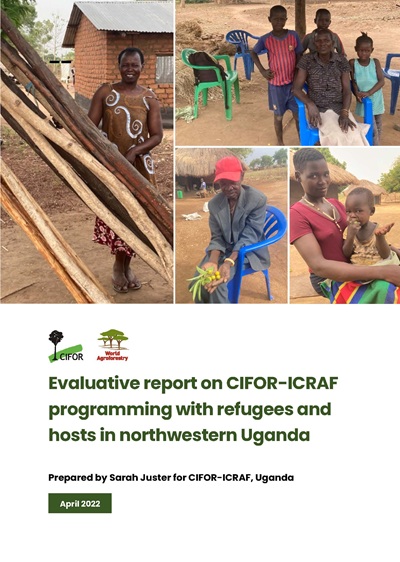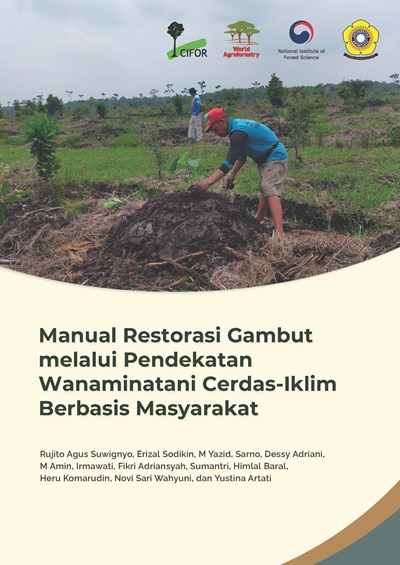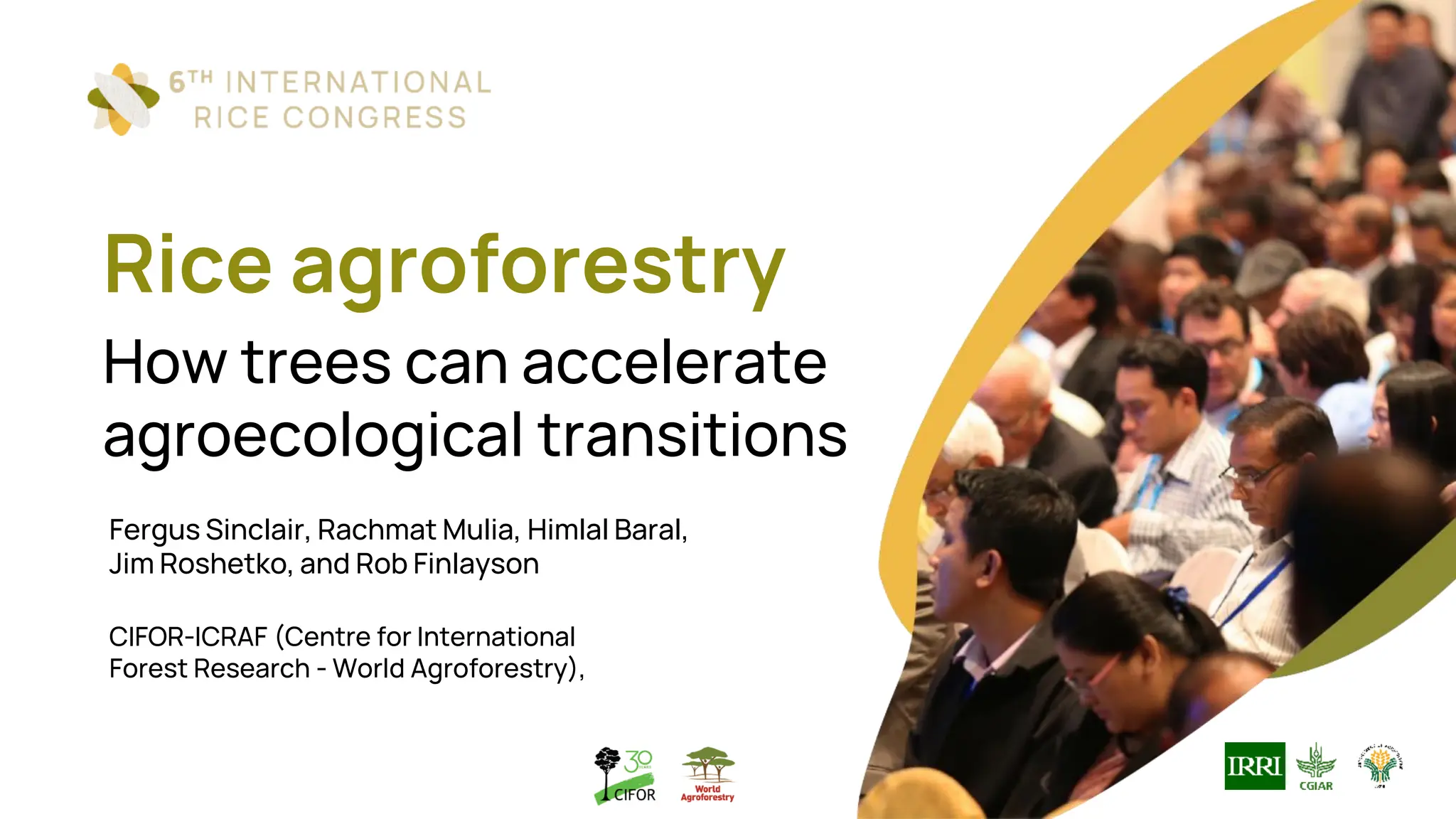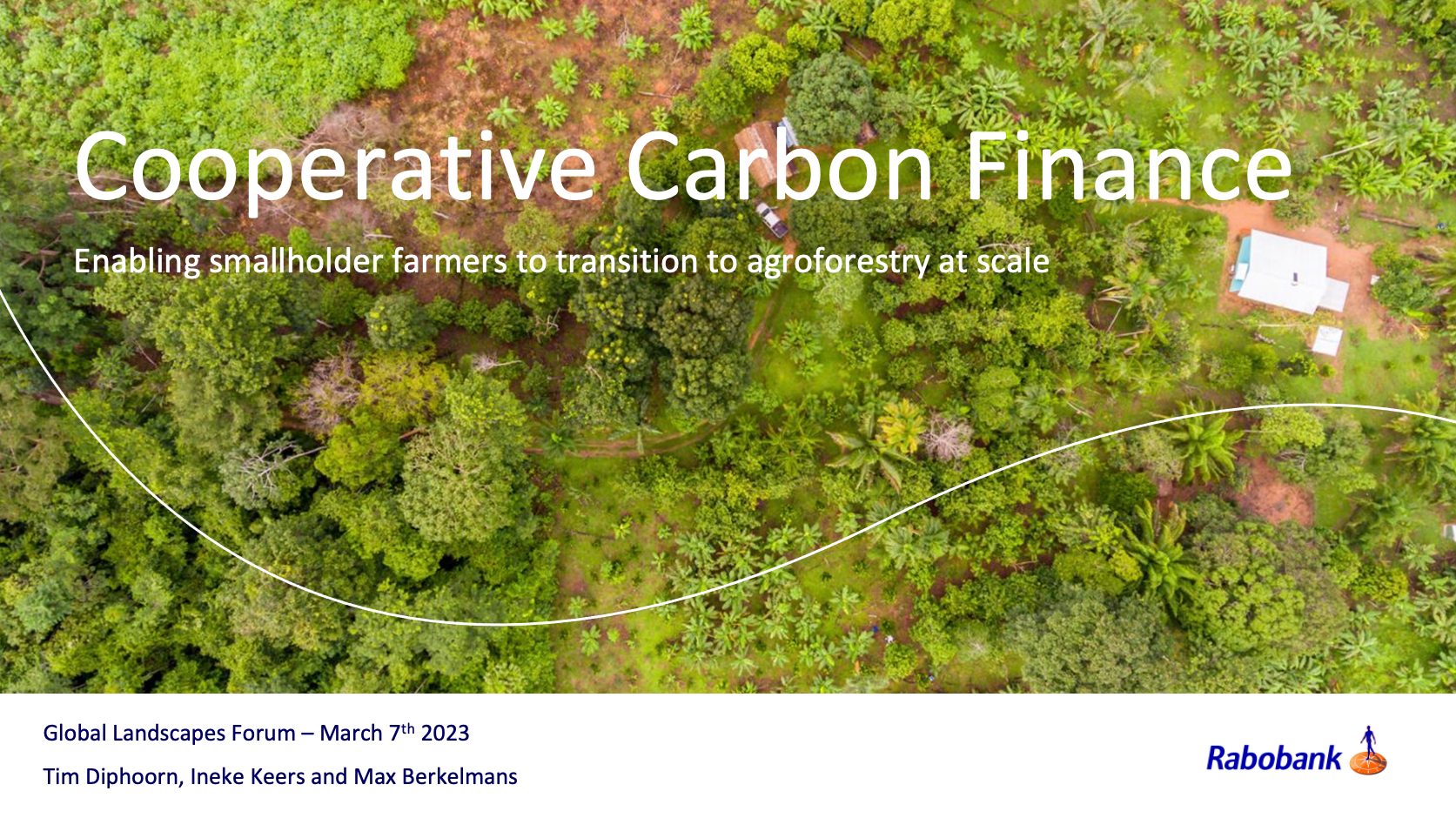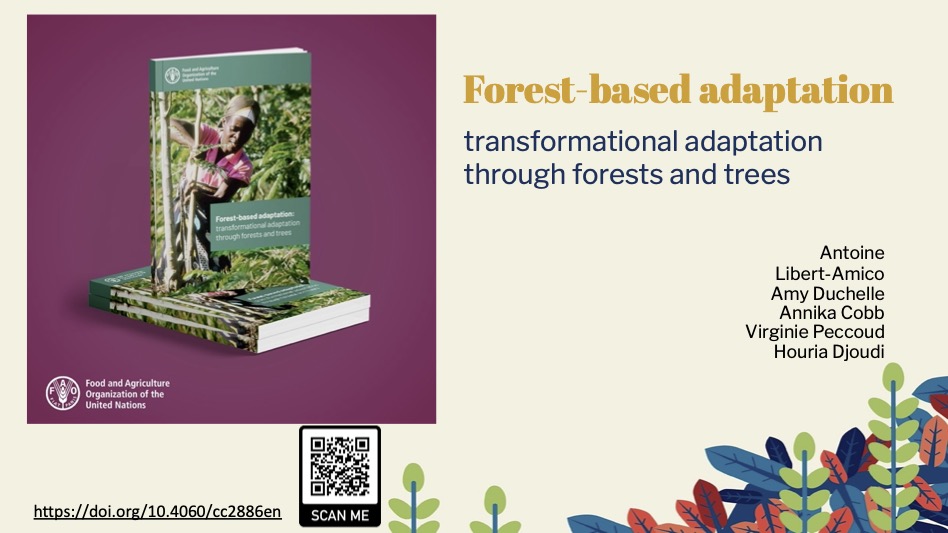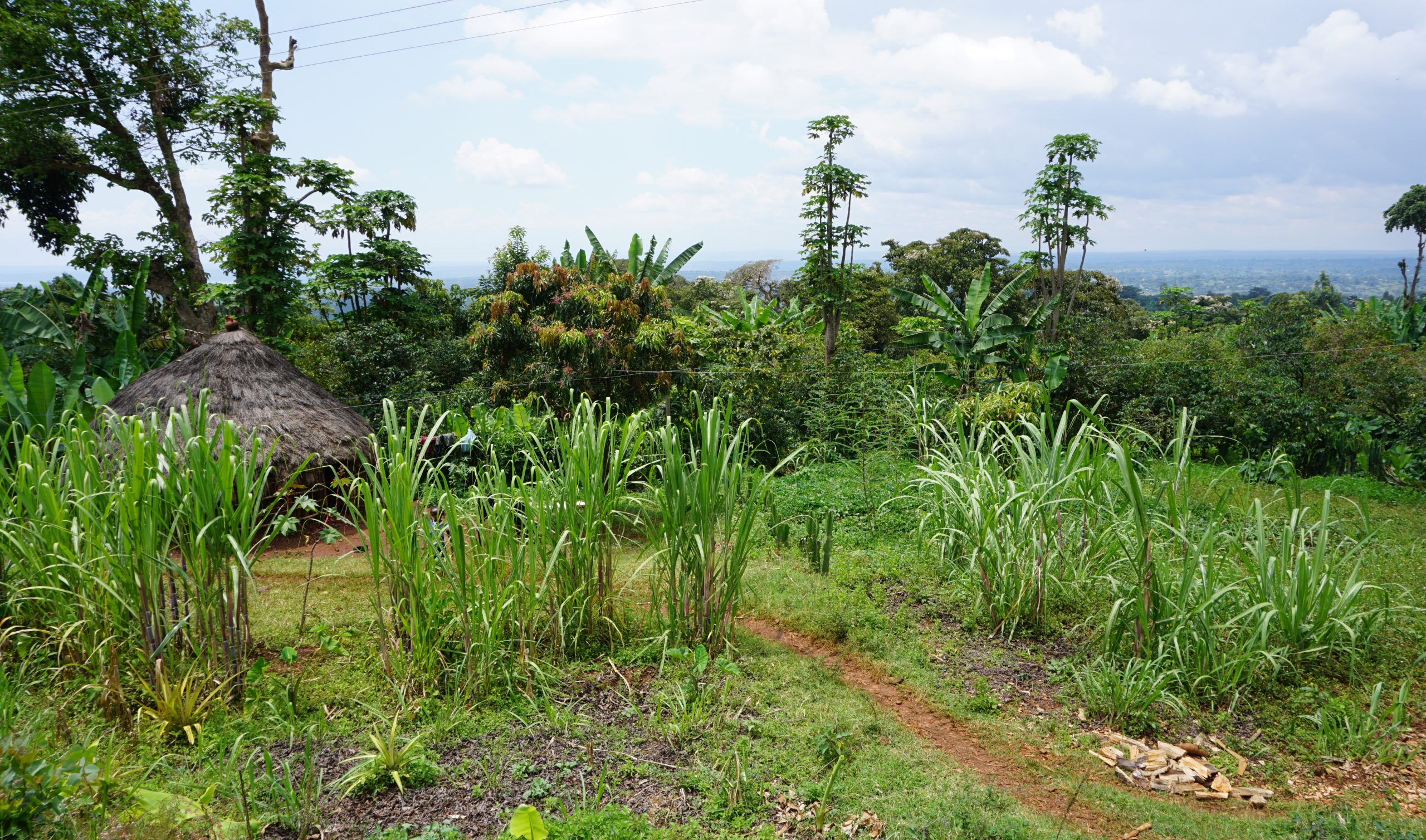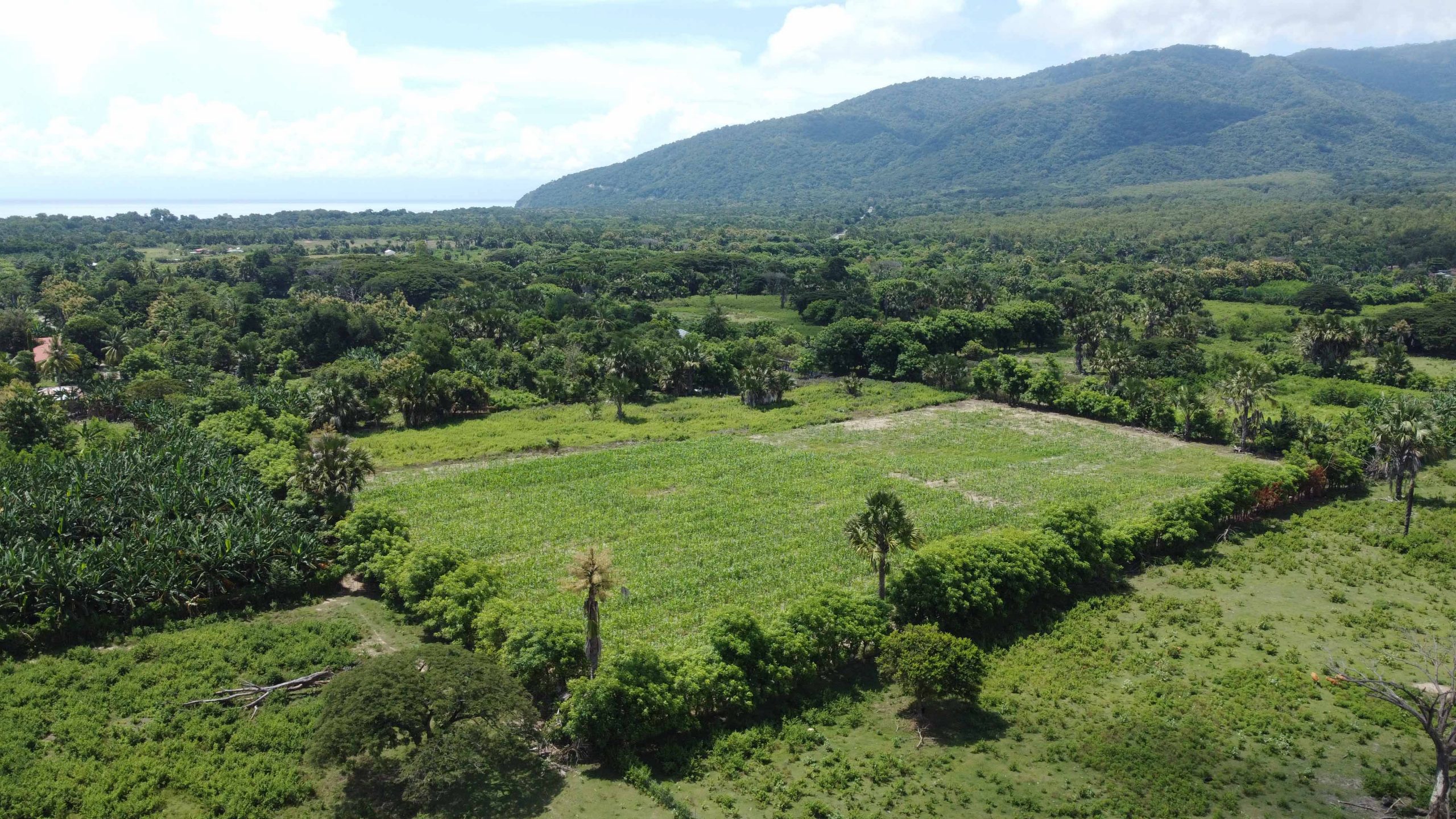More than simply ‘agriculture with trees’, agroforestry is an agroecological approach that involves farmers, livestock, trees and forests at multiple scales – including trees on farms, farming in forests and at forest margins and tree-crop production. It leverages the ability of trees to store carbon, draw water and nutrients from soil, shelter biodiversity, build soil organic matter and carbon, and record climate history.
Since the term agroforestry was coined in the late 1970s to describe the work of World Agroforestry (ICRAF), the concept has evolved greatly. CIFOR-ICRAF’s approach addresses the complexity of the interaction between people and ecological systems through a holistic systems approach.
Agroforestry: Fast facts


















